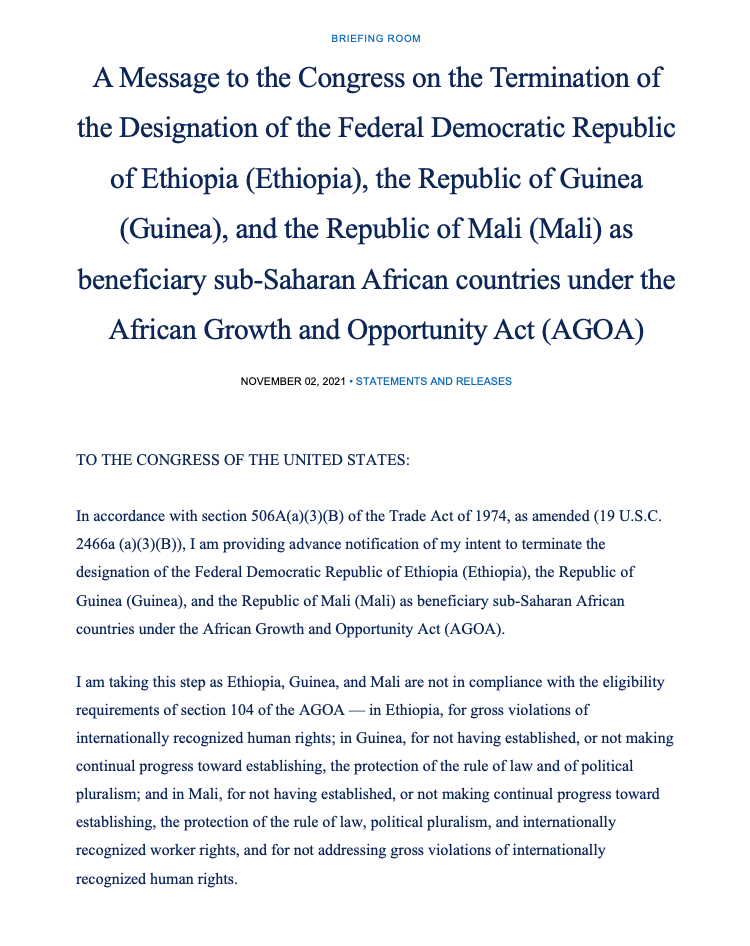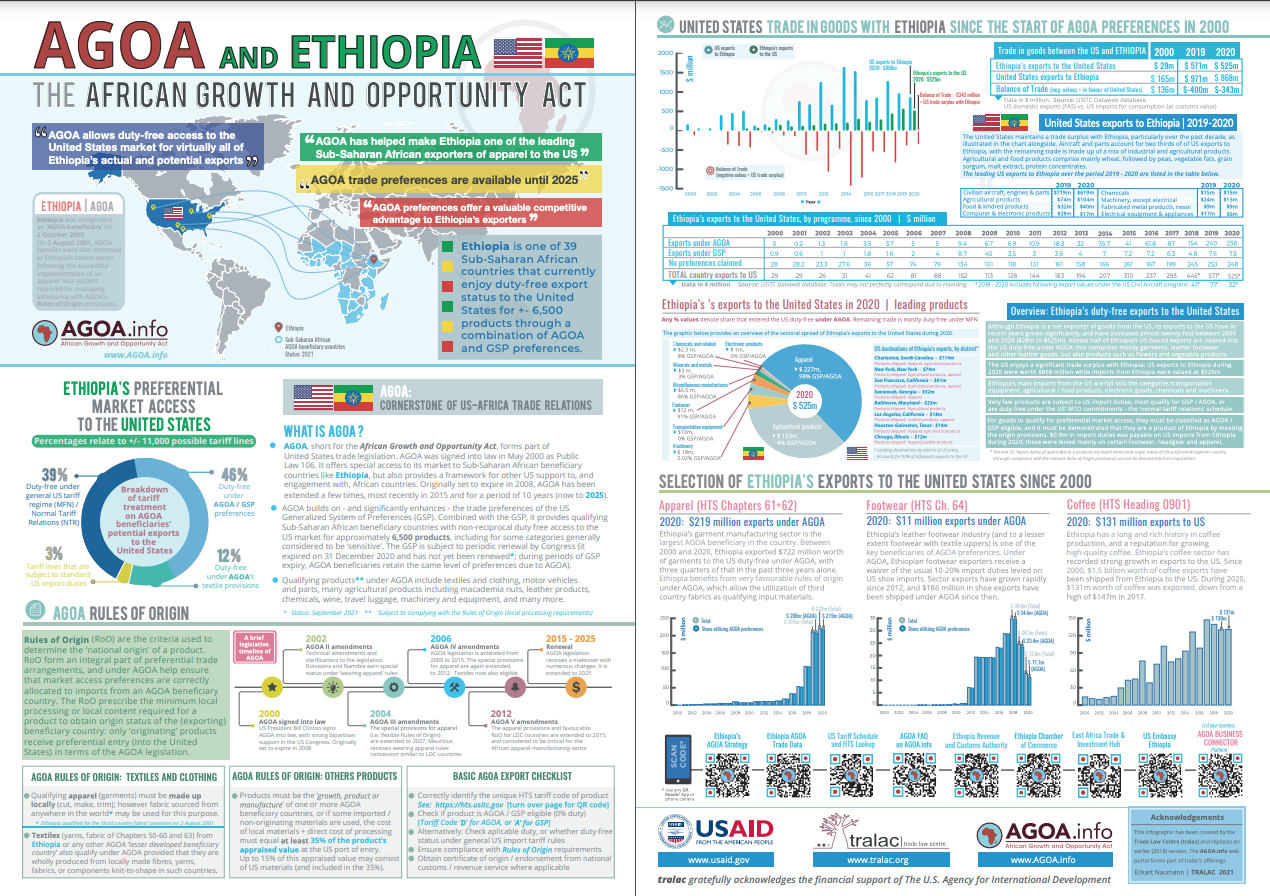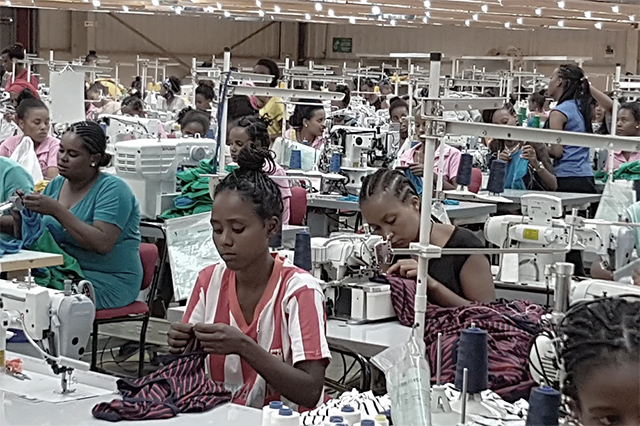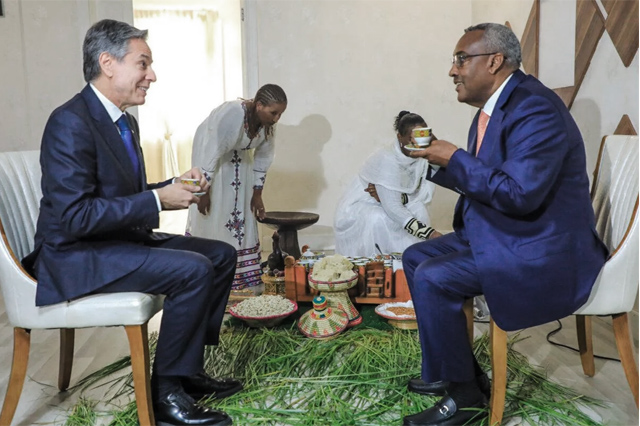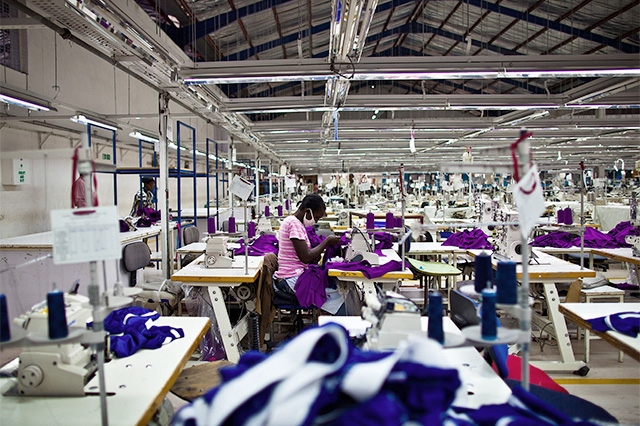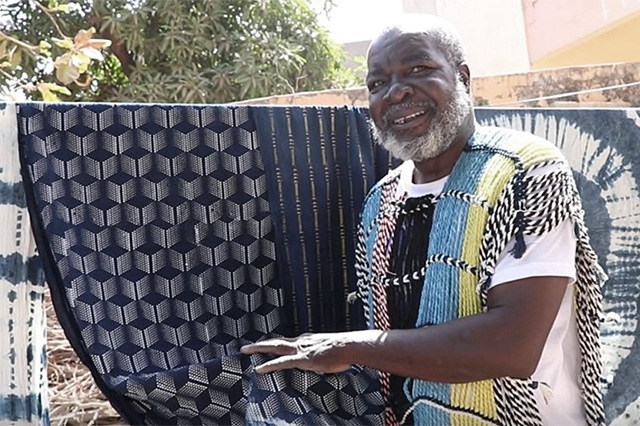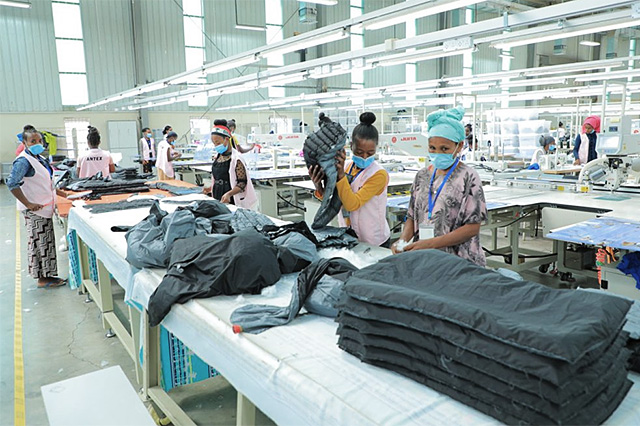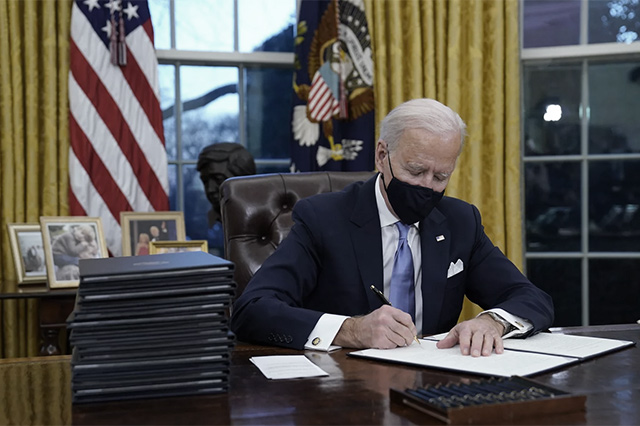Country Info: Ethiopia
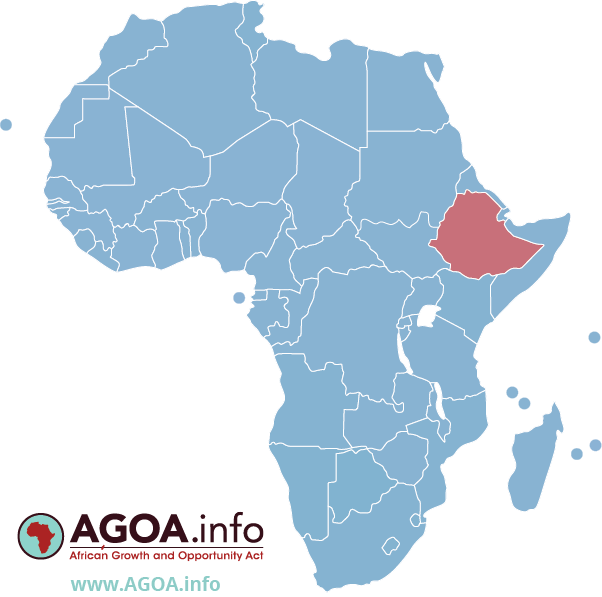
Bilateral Trade by Sector: United States - Ethiopia
Value ('1000 dollars), US 'domestic exports' *, US 'imports for consumption' / Includes year-to-date data
Economic Background
* Ethiopia lost its AGOA beneficiary status effective 1 January 2022.
Ethiopia - the second most populous country in Africa - is a one-party state with a planned economy. For more than a decade before 2016, GDP grew at a rate between 8% and 11% annually – one of the fastest growing states among the 188 IMF member countries. This growth was driven by government investment in infrastructure, as well as sustained progress in the agricultural and service sectors. More than 70% of Ethiopia’s population is still employed in the agricultural sector, but services have surpassed agriculture as the principal source of GDP.
Ethiopia has the lowest level of income-inequality in Africa and one of the lowest in the world, with a Gini coefficient comparable to that of the Scandinavian countries. Yet despite progress toward eliminating extreme poverty, Ethiopia remains one of the poorest countries in the world, due both to rapid population growth and a low starting base. Changes in rainfall associated with world-wide weather patterns resulted in the worst drought in 30 years in 2015-16, creating food insecurity for millions of Ethiopians.
The state is heavily engaged in the economy. Ongoing infrastructure projects include power production and distribution, roads, rails, airports and industrial parks. Key sectors are state-owned, including telecommunications, banking and insurance, and power distribution. Under Ethiopia's constitution, the state owns all land and provides long-term leases to tenants. Title rights in urban areas, particularly Addis Ababa, are poorly regulated, and subject to corruption.
Ethiopia’s foreign exchange earnings are led by the services sector - primarily the state-run Ethiopian Airlines - followed by exports of several commodities. While coffee remains the largest foreign exchange earner, Ethiopia is diversifying exports, and commodities such as gold, sesame, khat, livestock and horticulture products are becoming increasingly important. Manufacturing represented less than 8% of total exports in 2016, but manufacturing exports should increase in future years due to a growing international presence.
The banking, insurance, telecommunications, and micro-credit industries are restricted to domestic investors, but Ethiopia has attracted roughly $8.5 billion in foreign direct investment (FDI), mostly from China, Turkey, India and the EU; US FDI is $567 million. Investment has been primarily in infrastructure, construction, agriculture/horticulture, agricultural processing, textiles, leather and leather products.
To support industrialization in sectors where Ethiopia has a comparative advantage, such as textiles and garments, leather goods, and processed agricultural products, Ethiopia plans to increase installed power generation capacity by 8,320 MW, up from a capacity of 2,000 MW, by building three more major dams and expanding to other sources of renewable energy. In 2017, the government devalued the birr by 15% to increase exports and alleviate a chronic foreign currency shortage in the country.
Agricultural products
maize, cereals, wheat, sorghum, milk, barley, sweet potatoes, roots/tubers nes, sugar cane, millet
Industries
food processing, beverages, textiles, leather, garments, chemicals, metals processing, cement
Industrial production growth rate
10.5% (2017 est.)
Ethiopia hosted the 2013 AGOA Forum.
[Source: World Factbook 2021]


